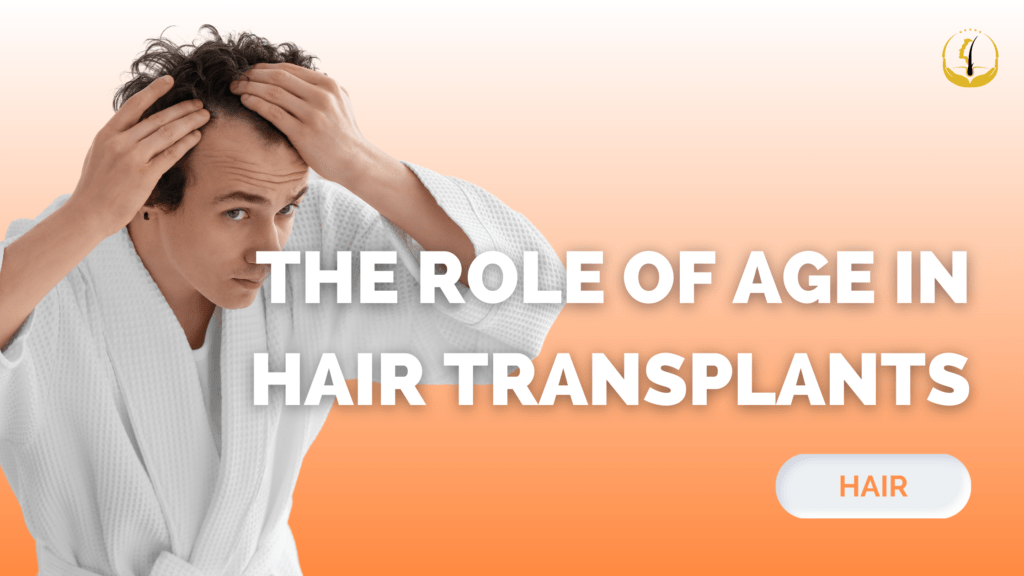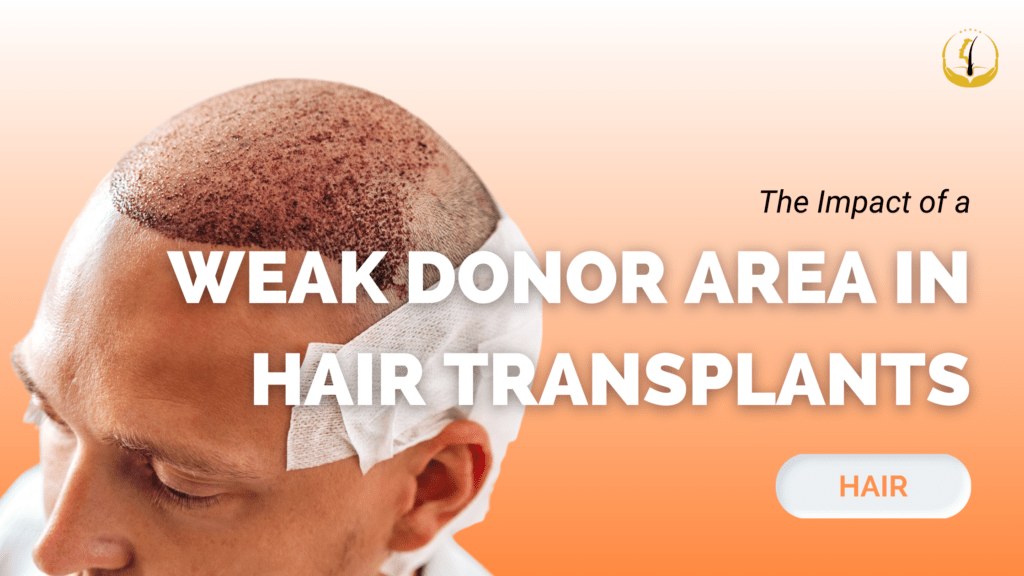Why Do We Get Wrinkles?

Wrinkles, those delicate lines etched across our skin, are more than just signs of the passage of time; they are an artistic testament to the intricate interplay of biological processes and external influences on our bodies. While they may evoke thoughts of aging, wrinkles are not merely a cause for concern; they tell a unique […]
Who May Not Be Suitable for Gynecomastia Procedure?

Gynecomastia, a condition characterized by the enlargement of male breast tissue, can be distressing and impact an individual’s self-esteem. For those considering a gynecomastia procedure, it’s essential to understand that not everyone is a suitable candidate for this intervention. While surgical or non-surgical options offer effective solutions for many, certain factors may deem someone unsuitable […]
The Role of Age in Hair Transplants

Hair loss is a common concern that affects individuals of various ages, and seeking solutions like hair transplants has become increasingly popular. However, the question of whether age matters when considering a hair transplant often arises. In today’s post, we will explore the significance of age in the context of hair transplants and provide insights […]
The Impact of a Weak Donor Area in Hair Transplants

Hair loss is a common concern for many individuals, and hair transplant procedures have emerged as an effective solution to restore lost hair and confidence. A crucial factor in the success of a hair transplant is the quality of the donor area, which serves as the source of healthy hair follicles for transplantation. However, what […]

